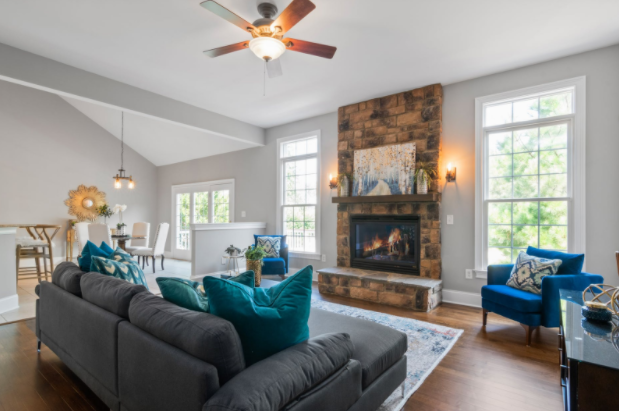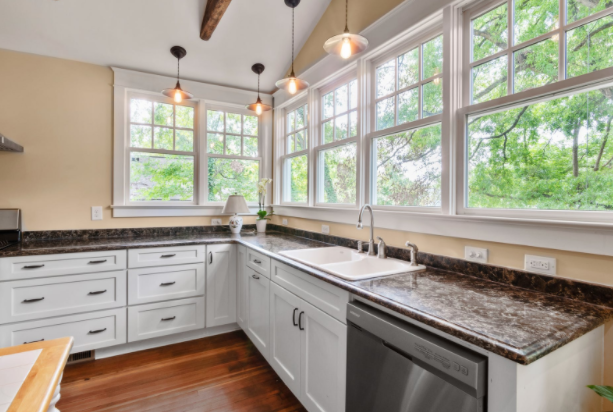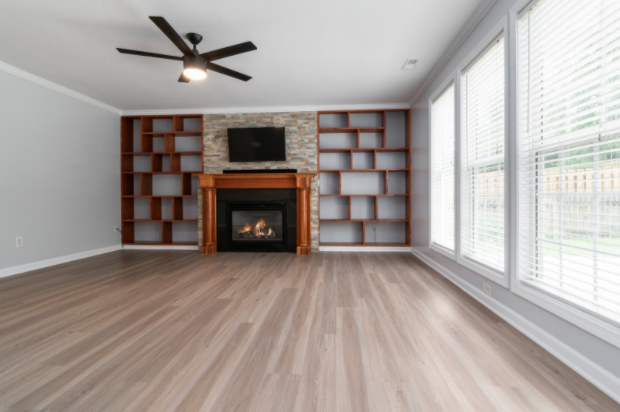
Homeowners are always looking for ways to keep their energy bills under control. In the era of conservation and sustainability, this leads many to immediately jump to the idea of installing solar panels on their roof. While solar panels are definitely a strong option for creating an energy-efficient home, there are other, more conservative renovation projects that are worth considering, with the following ideas great ways to help you reduce your home’s energy bills.
Replace the Roof
In order for a house to be truly energy-efficient, the building envelope must be first class. The building envelope refers to the physical separator between the exterior and interior of the home and helps ensure that no unwanted air, water, heat, light, noise, or debris is transferred between these two areas. A blower door test can reveal if any leaks are present in your home’s building envelope and help you narrow down which areas require immediate attention. To this effect, while the building envelope includes such key features as the framing, insulation, and siding, arguably its most crucial element is the roof. The roof receives direct exposure to damaging UV rays and takes the brunt of the punishment during severe weather, causing many common roofing materials to break down in about 20 years. If blower test reveals that energy is being lost through the roof, consider upgrading to modern composite shingles that will hold up well in all types of weather for up to 50 years while matching the appearance of traditional asphalt or natural wood shakes.
Perform and Insulation Makeover
No discussion of a home’s energy efficiency would be complete without mentioning the insulation. Most homes typically use some type of fiberglass batt or spray-in insulation that is added to the framing before the drywall is applied. While this type of insulation has its benefits in the early going, fiberglass has a tendency to settle over time, causing the R-value (a measure of a building’s ability to prevent air transfer) to decrease as the home ages. Among the many alternatives to fiberglass, polyiso insulation makes for a strong alternative. If has an extremely high R-value per inch and can be used to insulate both the walls and ceilings of the home. Its foam core is moisture resistant, making it a strong choice in humid areas that receive an abundance of precipitation.
Install New Windows

Windows are a great renovation project to help curtail energy bills because new windows can improve both energy efficiency and aesthetics. For most modern custom homes, the choice for an upgrade will likely come down to either vinyl or aluminum windows. Although both of these contemporary products have major advances over wooden frames and sashes in terms of cost, durability, and maintenance, they are by no means equal when it comes to energy efficiency. Aluminum window frames will readily conduct ambient air temperatures, making the home’s interior bitingly cold in the winter and brutally hot in the summer. Vinyl, on the other hand, conducts almost no heat energy, helping homeowners maintain a consistent interior temperature that gives the HVAC system a break.
Incorporate Radiant Floor Heating

Just as a surprising amount of energy is lost through the roof of a house, so is air transferred through degraded or inferior flooring materials. While quality hard flooring, such as engineered hardwood or luxury vinyl tile, make for energy-efficient options due to their ease of maintenance and snug installation, they are known to get a bit frigid in the morning and during the year’s colder months. A creative way to help mitigate this problem is by installing radiant floor heating. Radiant floor heating is laid beneath the flooring in the form of heated pipes or electric thermal mats. Throughout the day, heat is dispersed in a stove-like fashion, keeping the floors at a comfortable temperature in all conditions. While the addition of radiant floor heating will be more expensive than a simple floor renovation, it will drastically reduce cold pockets in your home and lead to major savings in your energy bill.
Conclusion
Thanks to modern building materials, it is possible to perform stylish renovation projects that will help improve your home’s energy efficiency. Seemingly standard projects such as replacing the roof, insulation, windows, and flooring can all help reduce your home’s energy bills if performed professionally and with innovative materials.
Matt Lee is the owner of the Innovative Building Materials blog and a content writer for the building materials industry. He is focused on helping fellow homeowners, contractors, and architects discover materials and methods of construction that save money, improve energy efficiency, and increase property value.











